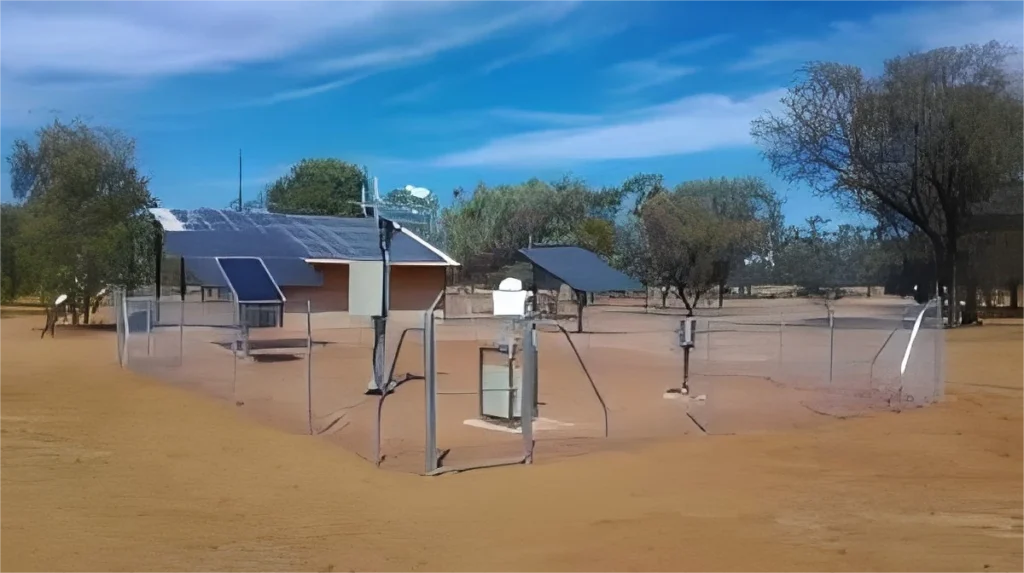
本身
html
Disadvantages of Automatic Weather Stations
Automatic Weather Stations (AWS) have revolutionized meteorological data collection by providing real-time, continuous weather monitoring. However, despite their advantages, these systems also come with several drawbacks that can impact their reliability and effectiveness.
1. High Initial and Maintenance Costs
One of the primary disadvantages of AWS is the significant financial investment required for installation and upkeep. The sophisticated sensors, communication systems, and power supplies needed for these stations can be expensive. Additionally, regular maintenance, calibration, and repairs add to the ongoing costs, making it challenging for smaller organizations or developing regions to adopt this technology.
2. Dependency on Power Supply
Most AWS units rely on electricity or solar power to function. In remote or off-grid locations, power outages or insufficient sunlight can disrupt data collection. Backup power solutions, such as batteries, may not always be reliable, leading to gaps in weather data that can compromise the accuracy of forecasts and analyses.
3. Vulnerability to Environmental Damage
Automatic weather stations are often exposed to harsh environmental conditions, including extreme temperatures, heavy rainfall, strong winds, and even vandalism. These factors can damage sensitive equipment, leading to inaccurate readings or complete system failures. Regular inspections and protective measures are necessary but may not always prevent damage.
4. Limited Sensor Accuracy and Range
While AWS sensors are designed to be precise, they may not always match the accuracy of manual observations, especially for certain parameters like snowfall or fog. Additionally, the range of sensors is limited, meaning they may not capture microclimatic variations or localized weather phenomena effectively.
5. Data Transmission Issues
AWS rely on communication networks to transmit data to central systems. In areas with poor connectivity, data transmission can be delayed or lost entirely. This issue is particularly problematic in remote or rural regions where network infrastructure is weak or nonexistent.
6. Lack of Human Oversight
Unlike traditional weather stations, AWS operate without constant human supervision. While this reduces labor costs, it also means that errors or malfunctions may go unnoticed for extended periods. For example, a sensor covered by debris or bird droppings could provide incorrect data until the next maintenance check.
7. Calibration Challenges
Regular calibration is essential to ensure the accuracy of AWS sensors. However, calibration can be time-consuming and requires specialized knowledge. Over time, sensors may drift from their calibrated settings, leading to systematic errors in the collected data.
Conclusion
While Automatic Weather Stations offer numerous benefits, their disadvantages—such as high costs, power dependency, environmental vulnerability, and data accuracy issues—cannot be overlooked. Addressing these challenges through improved technology, better infrastructure, and proactive maintenance is crucial to maximizing the potential of AWS in weather monitoring and forecasting.
